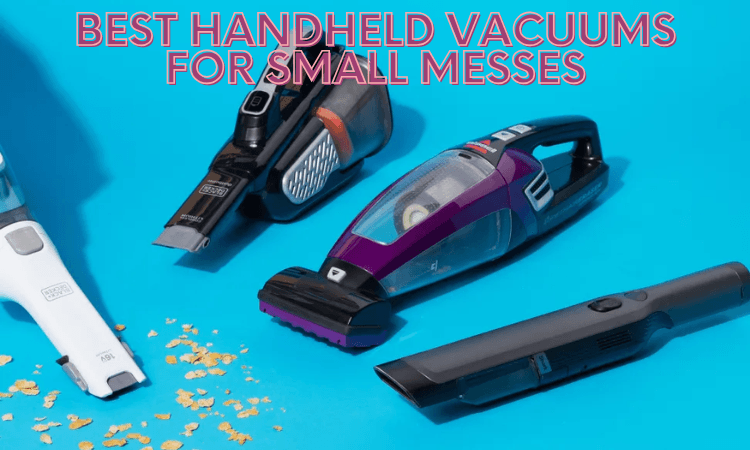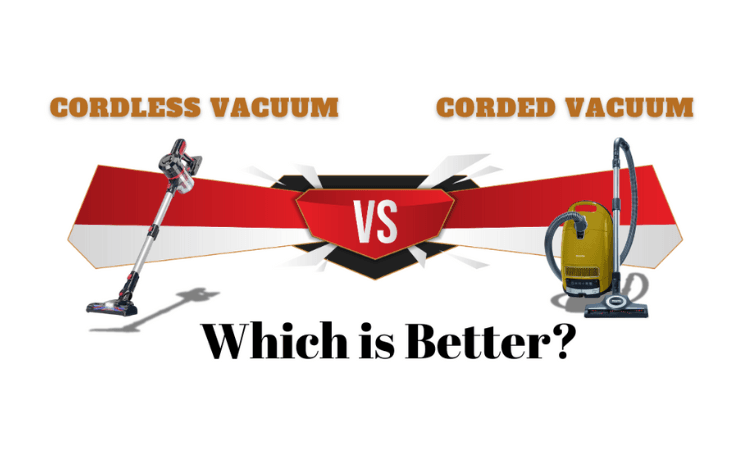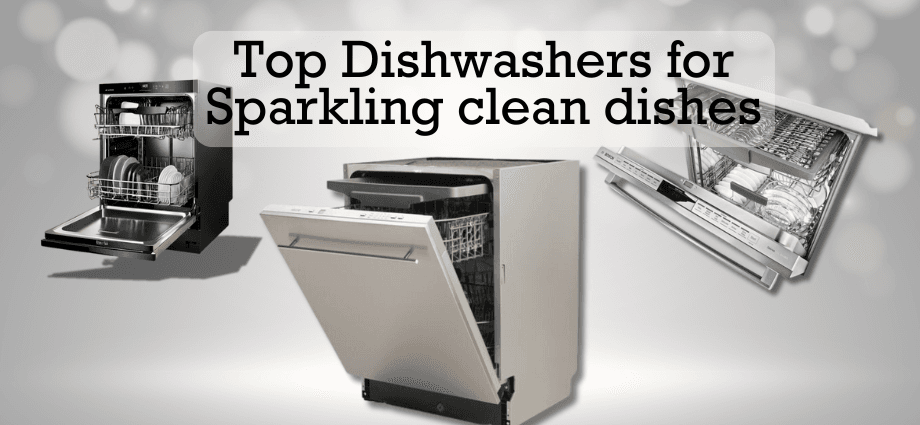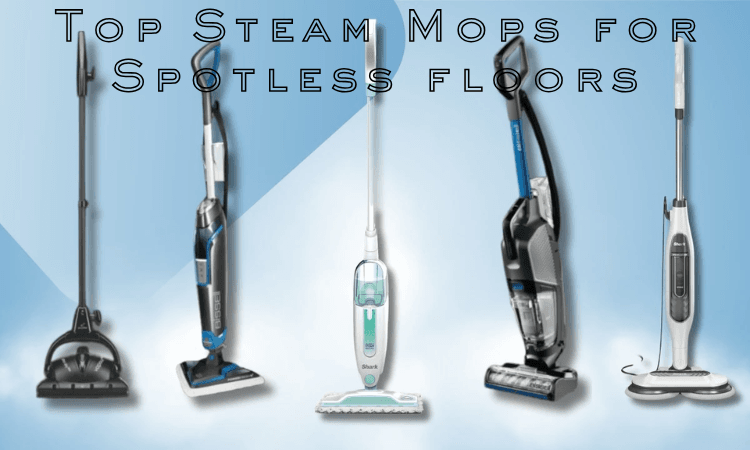Washing machines are an essential part of our daily routines, but like any appliance, they can develop issues over time. Many common washing machine problems can be fixed with simple troubleshooting steps, saving you the cost and hassle of calling a repair professional. This guide will help you identify and resolve some of the most frequent washing machine issues. We’ll cover basic problems, provide step-by-step troubleshooting methods, and suggest when it’s time to call for help. By following these simple tips, you can keep your washing machine running smoothly and efficiently.
Common Washing Machine Problems
Before diving into solutions, it’s helpful to understand the most common washing machine problems. Here are a few issues that you might encounter with your washer.
Washing Machine Won’t Start
A washing machine that refuses to start can be frustrating, but there are several possible causes. These might include power issues, problems with the door latch, or faulty controls.
Washing Machine Not Draining
If your washing machine doesn’t drain, it could be due to a clogged filter, a faulty pump, or a blocked drainage hose. This problem can cause water to remain inside the drum, leaving your laundry soaking wet.
Washing Machine Leaking Water
Water leakage is a common issue that can be caused by worn-out hoses, broken seals, or overloading the machine. Leaks can also happen when the washing machine is not balanced correctly.
Step-by-Step Troubleshooting
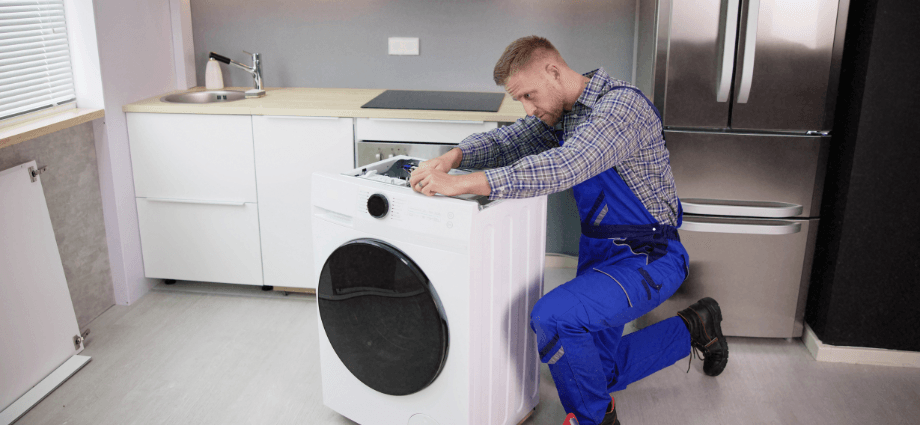
Here, we’ll walk you through how to address some of the most common washing machine problems. These steps are simple, but they can save you from unnecessary repair bills.
How to Fix a Washing Machine That Won’t Start
When your washing machine doesn’t start, check the following:
- Ensure the Machine is Plugged In: The simplest fix is often the most overlooked. Make sure the machine is properly plugged into the electrical outlet.
- Check the Power Supply: If the washing machine is plugged in but still won’t start, check the circuit breaker. If it has tripped, reset it and try again.
- Inspect the Door Latch: Many washing machines will not start if the door or lid is not securely closed. Ensure the latch is functioning properly.
- Reset the Machine: Some washing machines have a reset button or sequence that can fix minor control panel glitches. Refer to your machine’s manual for instructions.
How to Fix a Washing Machine That Isn’t Draining
If your washing machine isn’t draining, follow these steps to troubleshoot:
- Check the Filter: Start by checking the filter for any blockages, such as lint, hair, or debris. Clean the filter to ensure it’s free from obstructions.
- Examine the Drain Hose: Ensure the drainage hose is not kinked or clogged. Remove any blockages and make sure the hose is positioned correctly.
- Inspect the Drain Pump: A malfunctioning pump could prevent proper draining. Look for any visible damage or blockages in the pump and, if necessary, replace it.
How to Fix a Leaking Washing Machine
A leaking washing machine can cause water damage to your floor and surrounding areas. To stop the leak, take the following steps:
- Check the Hoses: Inspect both the inlet and drainage hoses for signs of wear, cracks, or leaks. If the hoses are damaged, replace them.
- Examine the Door Seal: If the door seal is cracked or worn, it can allow water to leak out. Inspect the rubber seal and replace it if necessary.
- Balance the Load: Overloading the machine can cause leaks. Always follow the manufacturer’s instructions for load sizes to prevent putting unnecessary strain on the machine.
When to Call a Professional
While many washing machine problems can be resolved with simple troubleshooting, some issues require professional assistance. Here’s when you should consider calling a repair technician.
Unresolved Issues After Troubleshooting
If you’ve followed the troubleshooting steps and the problem persists, it’s time to seek professional help. Issues that are difficult to fix, like faulty wiring or internal malfunctions, should be handled by an expert to avoid causing further damage.
Signs of Serious Internal Damage
Some signs indicate that the problem might be more serious than a simple fix. These include:
- Loud, Unusual Noises: Grinding, banging, or squealing noises may suggest internal damage that requires professional attention.
- Burning Smell: A burning odor could indicate an electrical issue, such as a problem with the motor or wiring.
- Complete Failure to Start: If the machine won’t turn on at all despite troubleshooting, there could be an issue with the control panel or internal components.
Preventive Maintenance Tips
Preventive maintenance is key to extending the life of your washing machine and avoiding common issues. Here are some helpful tips to keep your washing machine running smoothly:
Clean the Washing Machine Regularly
Regular cleaning prevents dirt, soap residue, and fabric softener buildup. Here’s what you can do:
- Clean the Drum: Run a cleaning cycle with a washing machine cleaner to remove any buildup inside the drum.
- Clean the Detergent Drawer: Wipe down the detergent compartment to prevent soap scum from clogging it.
- Clear the Filter: Regularly check and clean the filter to prevent blockages that can affect drainage.
Check and Replace Hoses
Worn-out hoses can lead to leaks and even flooding. Inspect hoses for cracks, kinks, or other damage, and replace them if necessary. It’s a good idea to replace hoses every 3-5 years, even if they look fine.
Proper Load Sizes and Detergent Use
Avoid overloading your washing machine, as this can cause it to struggle with balancing loads and lead to leaks. Also, use the recommended amount of detergent. Too much detergent can cause excessive foam and result in drainage issues.
Recommended Products for Washing Machine Care
To keep your washing machine in good condition, consider these helpful products:
Washing Machine Cleaner
Regular cleaning of your washing machine is essential for preventing unpleasant odors and buildup. Products like Affresh Washing Machine Cleaner or Tide Washing Machine Cleaner can help keep the machine fresh and odor-free.
High-Quality Hoses
Durable hoses, such as those from Whirlpool or GE, can prevent leaks and last longer than standard hoses. Always choose hoses made from high-quality materials like reinforced rubber or stainless steel.
Conclusion
While washing machine issues can be frustrating, many problems are easy to troubleshoot and fix on your own. Start with simple solutions like checking power connections, cleaning filters, or replacing worn hoses. For more serious issues, don’t hesitate to call a professional to avoid further damage. Regular maintenance, such as cleaning the drum and checking hoses, will help keep your washing machine in top shape and prevent problems from arising in the future. With these tips, you can ensure your washing machine continues to serve you well for years to come.
